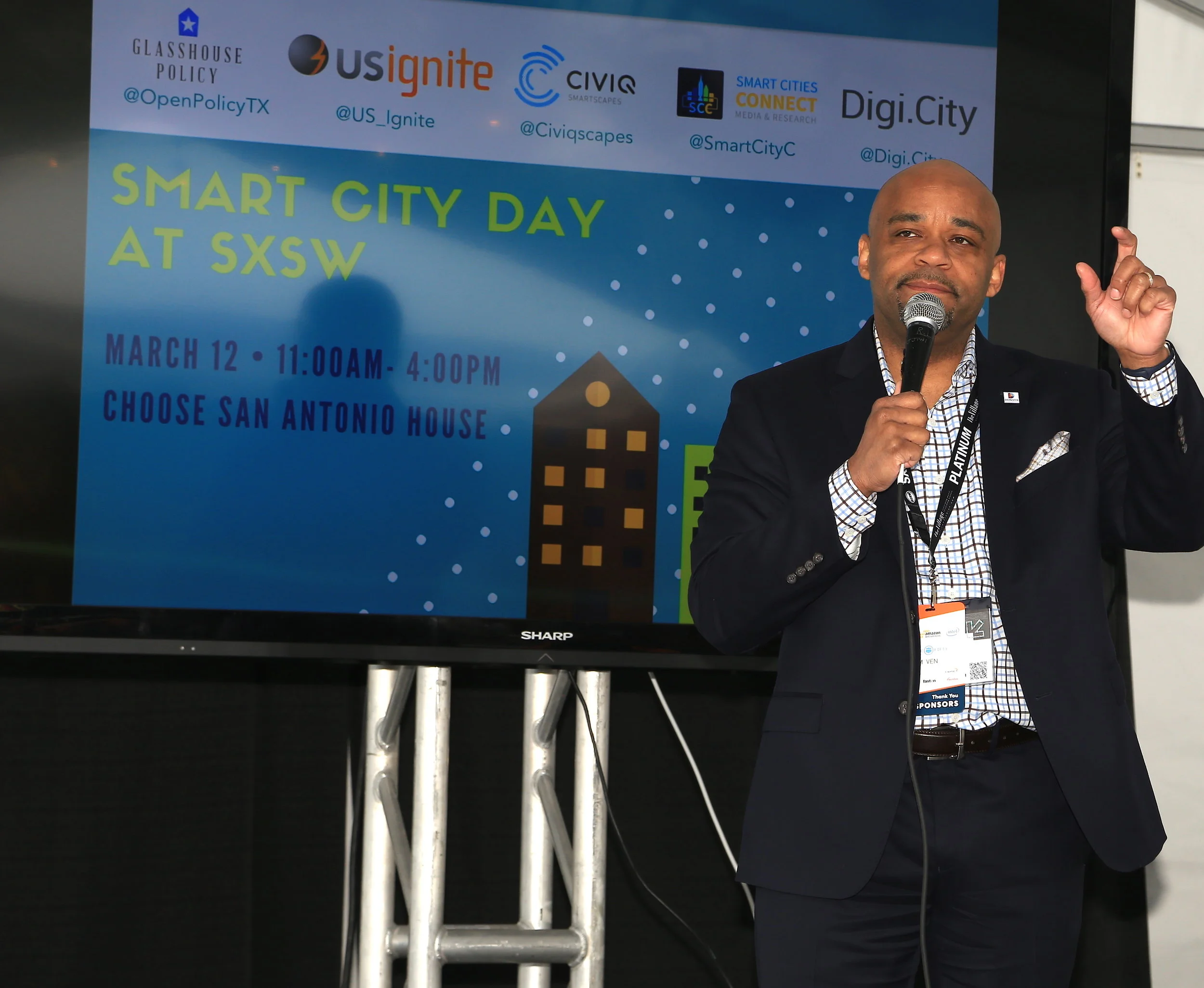The story of this Wisconsin community has much in common with many U.S. towns that are in an interesting time of transition. What sets this group apart is their willingness to embrace the unknowns of the digital future, overcome the fear of change and prepare for the unexpected. Here are three ways they are setting the bar for small cities on their way to becoming smart cities.
Read MoreThe smart cities conversation is almost always dominated by large metropolitan areas. This makes sense since global trends show the world is becoming increasingly urban. But that narrative leaves out the growing importance of small and mid-sized U.S. cities. The U.S. census classifies areas as either urban (50,000+ people), urban clusters (between 2,500 and 50,000 people), or rural (everything else). According to the 2010 census, there are 497 urbanized areas and 3,104 urban clusters.
Read MoreSo two senators, an FCC Commissioner, and the DOT’s Under Secretary for Policy walk into the Bloomberg Government offices. If you think that sounds like the start of a really good story, you’re right. And the beneficiaries are Americans all across the country.
Read MoreWhat do you get when you host a panel of Chief Sustainability Officers and utility experts followed by a fast pitch from innovation solution providers? The answer is a smart city shark tank.
Read MoreRead More“The U.S. must align its national priorities with innovation policy. The UAE and China certainly are.” In a couple of sentences, tech founder Amir Husain, who just raised $32.5 million for his AI startup, Spark Cognition, gave the call to action for city leaders and policymakers nationwide.
When it comes to economic metrics, the United States is used to being ranked #1. In 2016, the US Gross Domestic Product (GDP) was $18.6 trillion, seconded only by China at $11.2 trillion followed by Japan, Germany and the United Kingdom. If this premier position brings you comfort, it shouldn’t last long. These numbers measure the past – the production and manufacturing of a tangible product. However, technology moves our world in a different direction. It is less about production and more about the digital economy.
Read More“I am the most un-government person in the world,” says Mr. Chan Cheow Hoe who left a successful career with Citibank and Barclays to become theGovernment Chief Information Officer (CIO) and Deputy Chief Executive of Singapore’s GovTech. He oversees GovTech Hive, an innovative digital services agency created to develop deep technical capabilities within the public sector in order to meet the increasing demands of citizens and businesses.
Read MoreWhen Denver Mayor Hancock spoke at Smart City Day at SXSW this year, he voiced a commitment to establishing trust and transparency, serving residents and “meeting them where they are.” City leaders who encourage that way of thinking are already a step ahead. Adding connected technology is the next step to transforming a community into smart city.
Read MoreState policy can have a profound impact on smart cities by influencing priorities, establishing advanced infrastructure, and emphasizing regional initiatives that cross municipal boundaries. In Indiana, the state’s Technology and Innovation Council has a pulse on innovation and believes that IoT could accelerate the state’s innovation economy over the coming years.
While the concept of making a smart city from the top down is intriguing and sexy as a marketing story, the reality is that it is hard, if not impossible, to align all the necessary stakeholders to transform a city in one fell swoop. Often cities focus on strategic pilot projects, allowing action to be taken quickly and success and failure evaluated rapidly to be able to build on what works in a cost and time-effective manner.
Read MoreThe terms innovation and city government don't often find their way into the same sentence. City hall has traditionally been perceived as a place for political log jams, procedures, policies and paperwork. But with the advent of smart cities, all of that is beginning to change.
Read More













